After the dawn of life some 4 billion years ago, one of the most fascinating and mysterious turning points in the history of life on Earth is its leap from single-celled organisms to multicellularity about 3 billion years later. Most scientists believe that this transition occurred only once in animals. So how and why, after so many aeons, did cells begin to cooperate and specialise to ultimately form animal life? This video from Nature uses microscopy to explore five unicellular microbes that display limited multicellular behaviours. Scientists hope that studying these species may help explain how life made the extraordinary leap towards complexity, giving rise to the rich diversity of animals on the planet today – including, of course, the complex creatures whose cells are collaborating to read these words.
For 3 billion years, life was unicellular. Why did it start to collaborate?
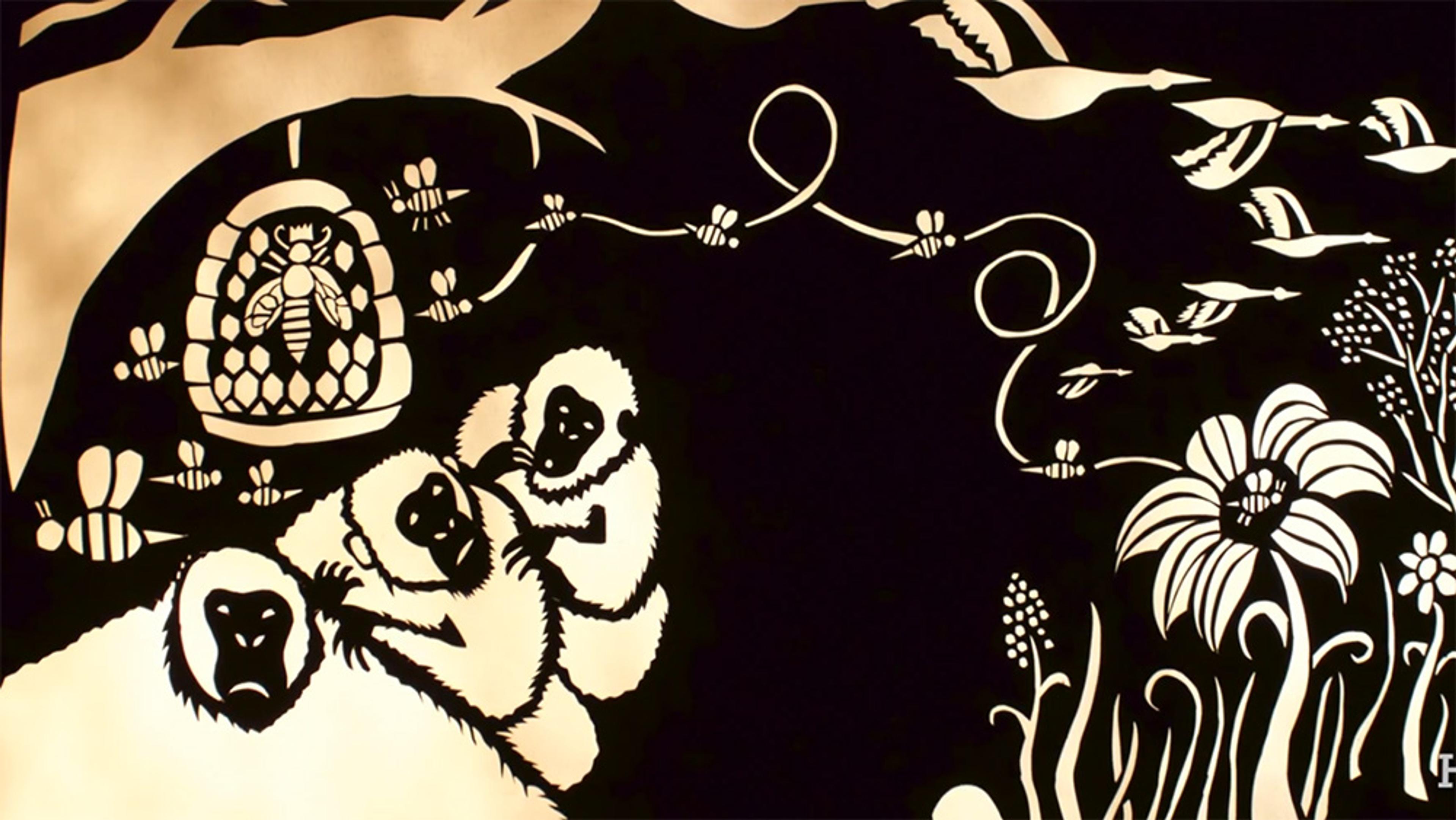
videoEvolution
Evolution is not only about competition: the cellular origins of a very big idea
5 minutes
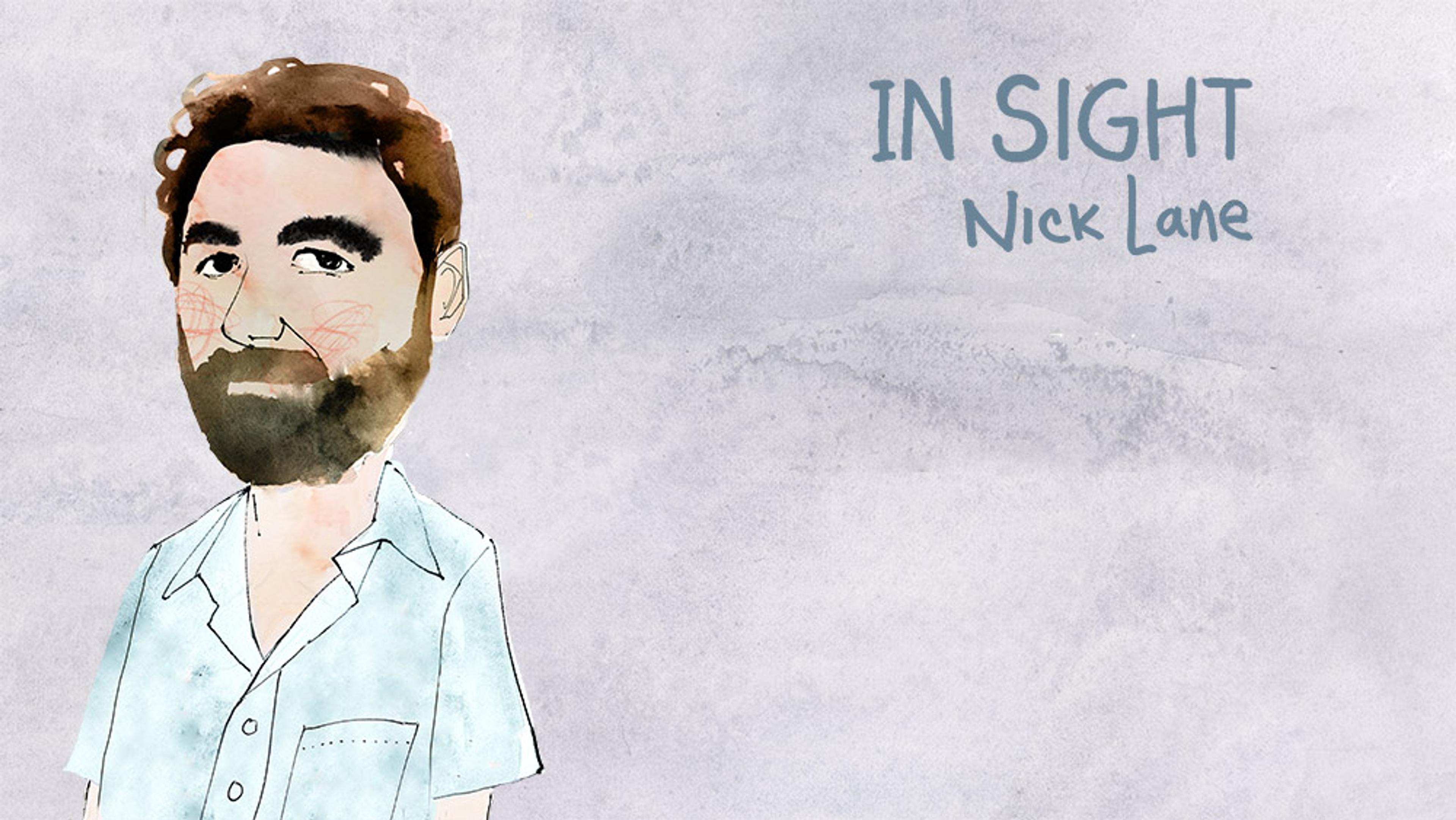
videoGenetics
Chimeras and lightning: a radical perspective on the evolution of complex life
6 minutes
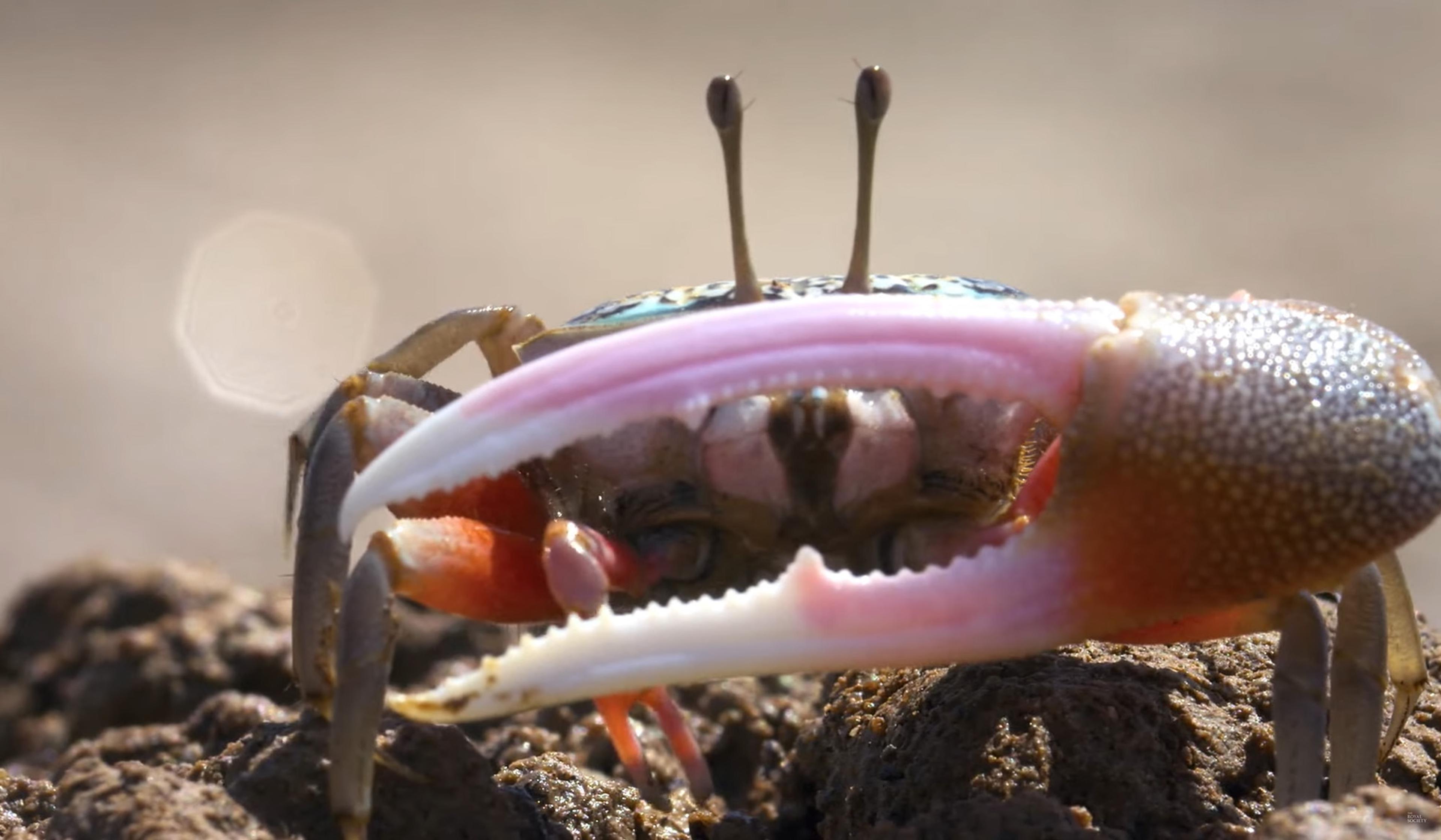
videoEvolution
Symmetry rules life on Earth – but it comes with many fascinating exceptions
9 minutes
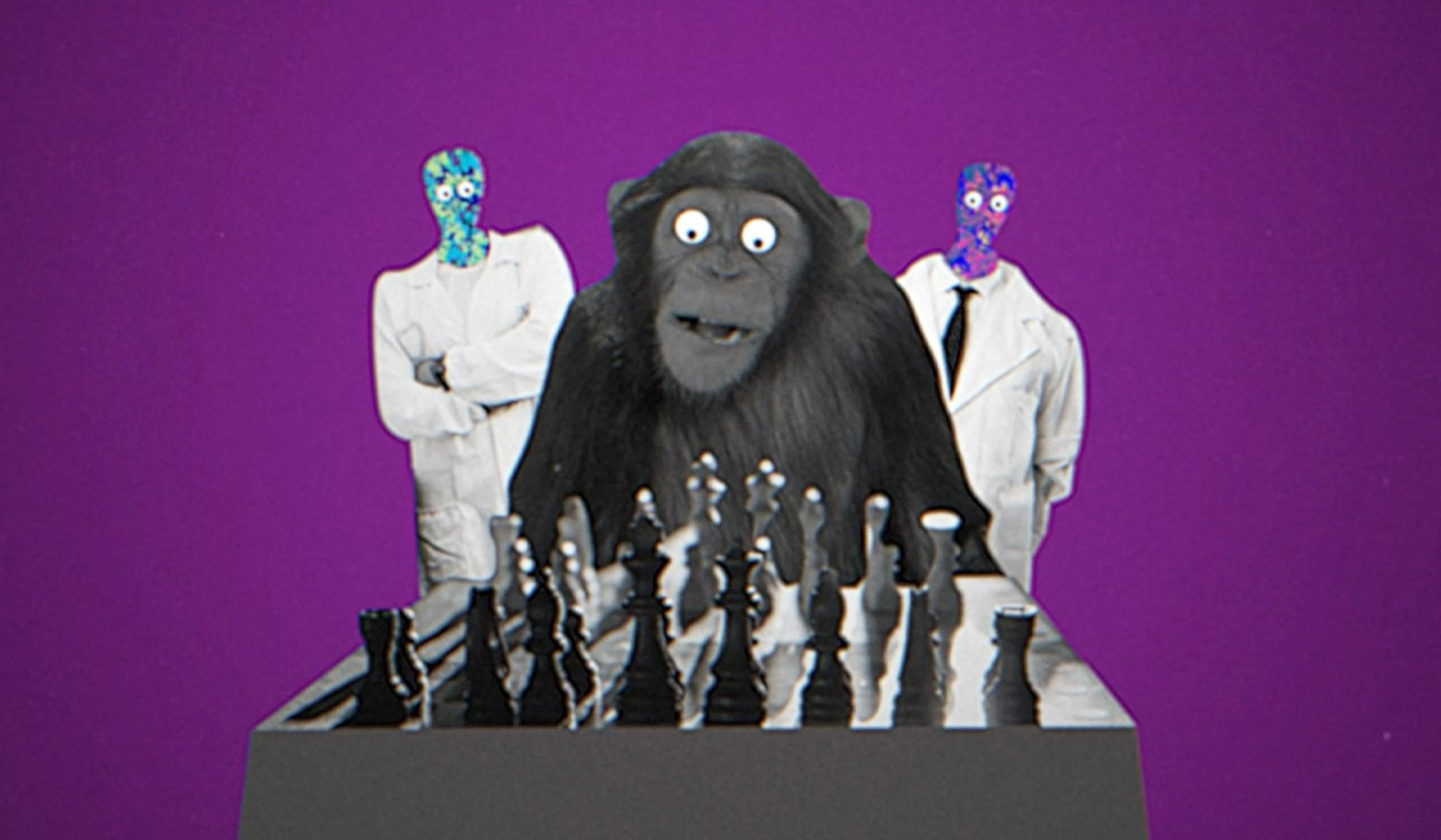
videoEvolution
Why making if-then connections might be the key to consciousness
5 minutes

videoHistory of science
‘I could not but wonder at it’: history’s first glimpses into the microbial world
7 minutes

videoBiology
An ode to the humble rotifer – one of nature’s simplest and strangest creatures
9 minutes
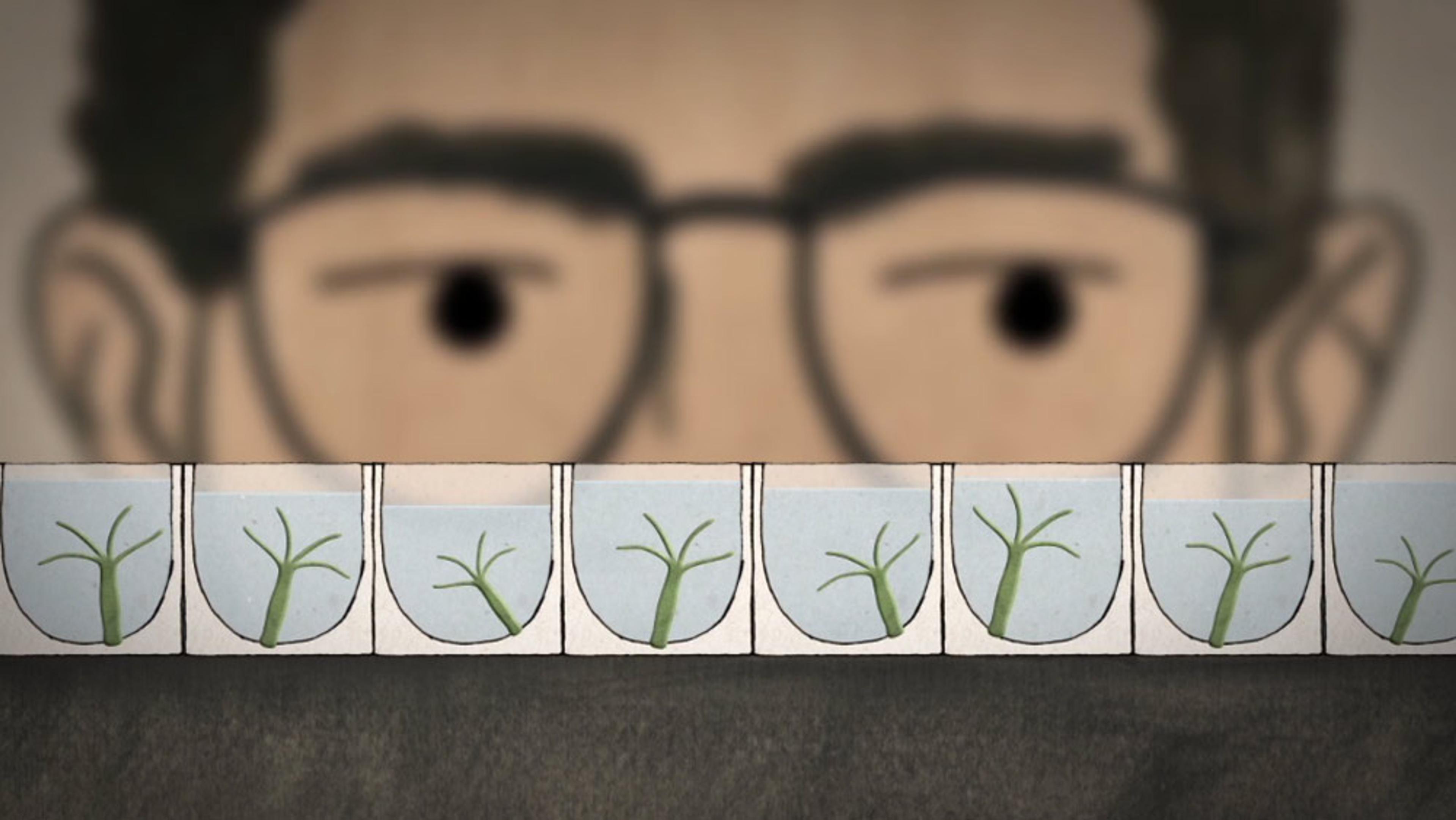
videoPhilosophy of science
The hydra’s amazing resilience challenges ideas that all living things must die
4 minutes

videoEvolution
Watch as the whale becomes itself: slowly, slowly, from land to sea, through deep time
10 minutes
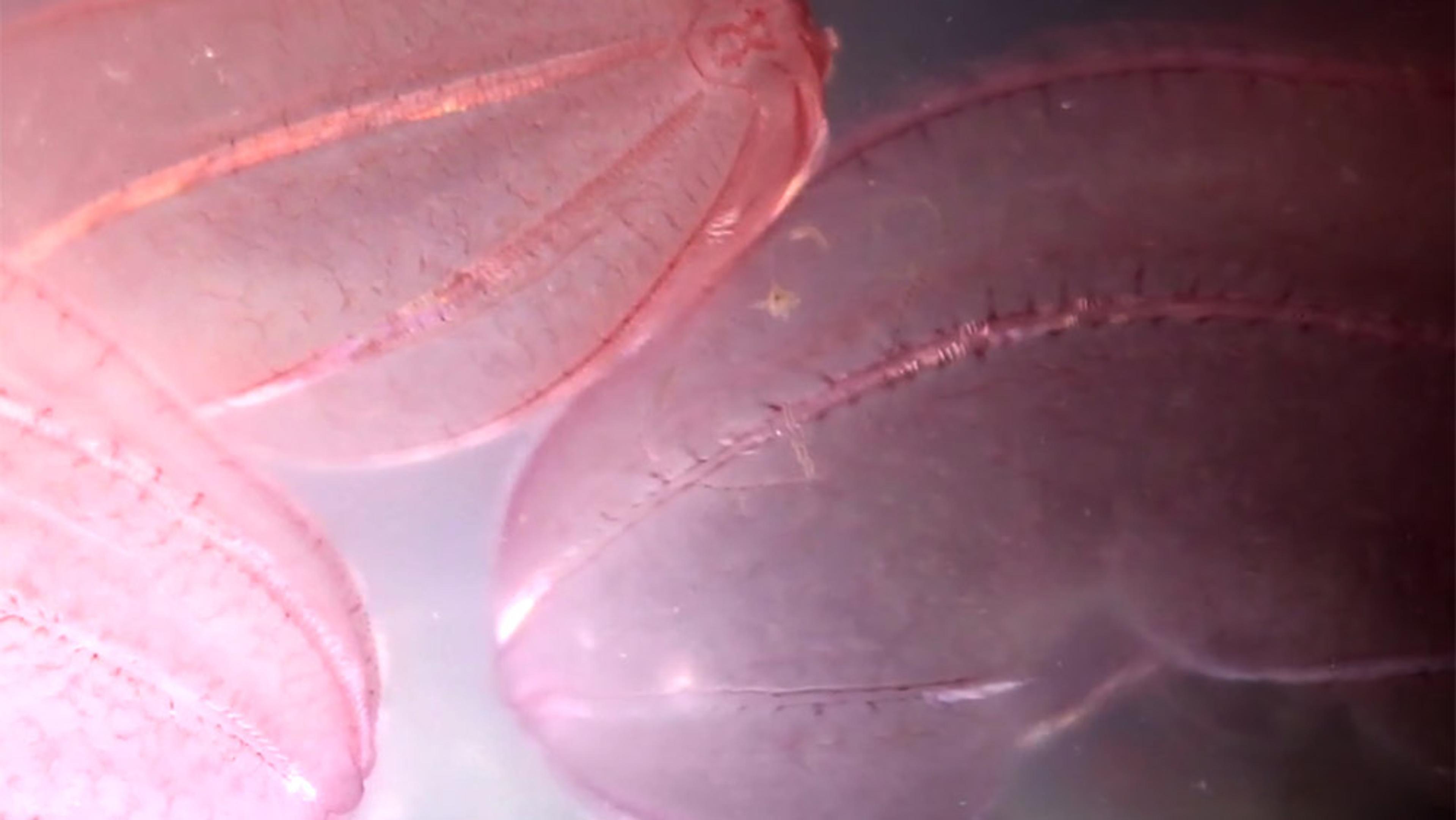
videoEvolution
Take a shimmering, surreal swim with what might be the Earth’s oldest animals
7 minutes